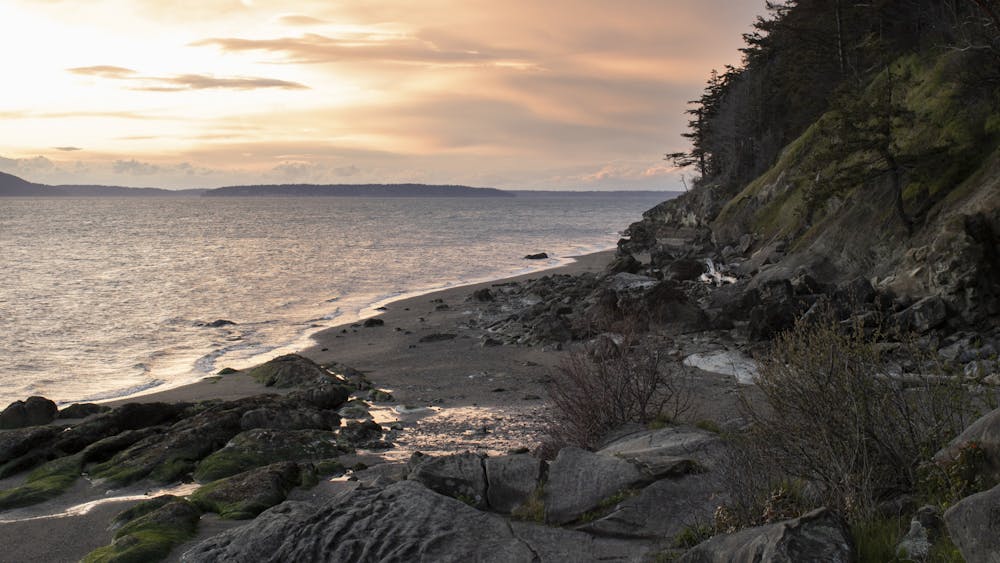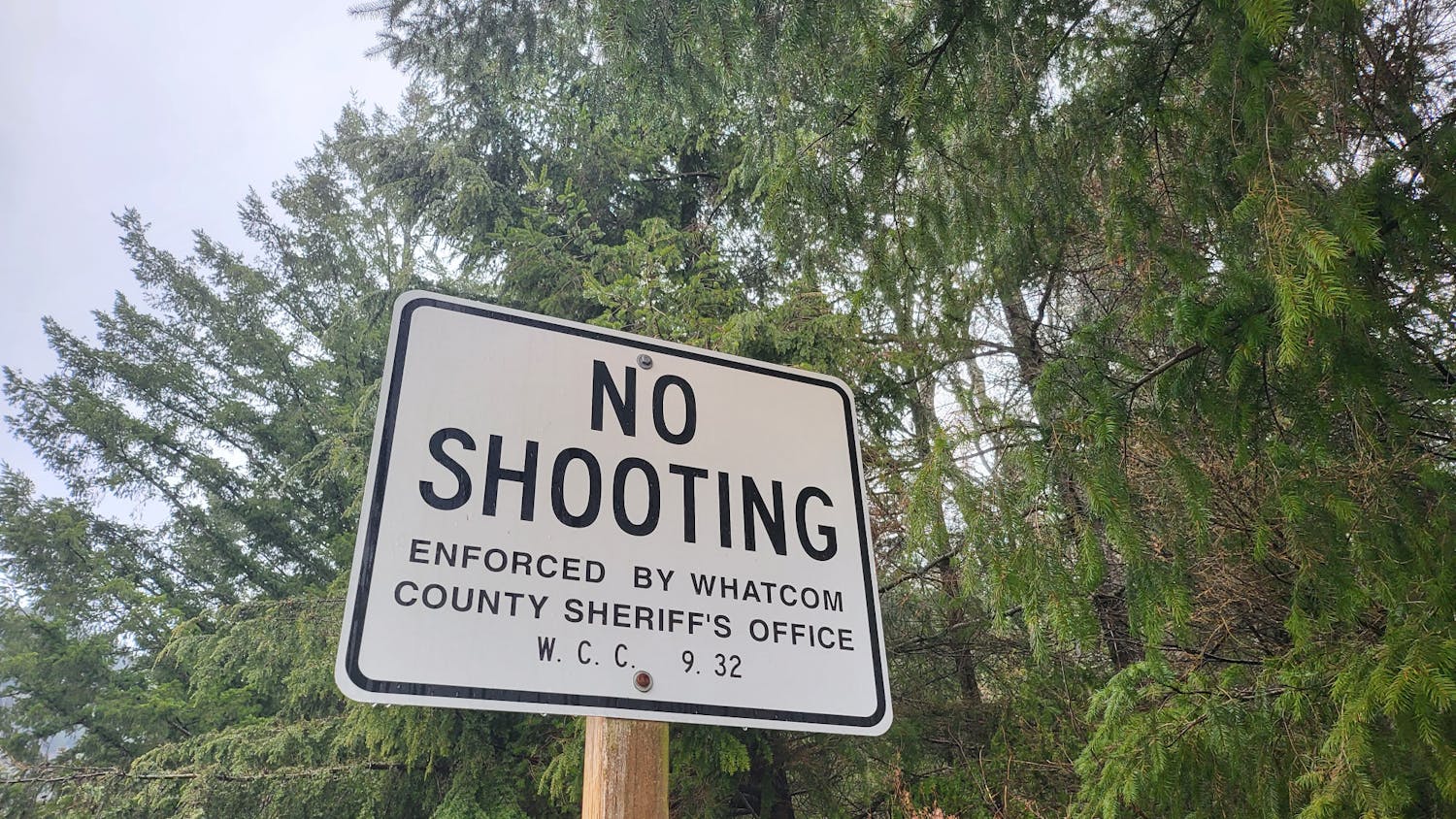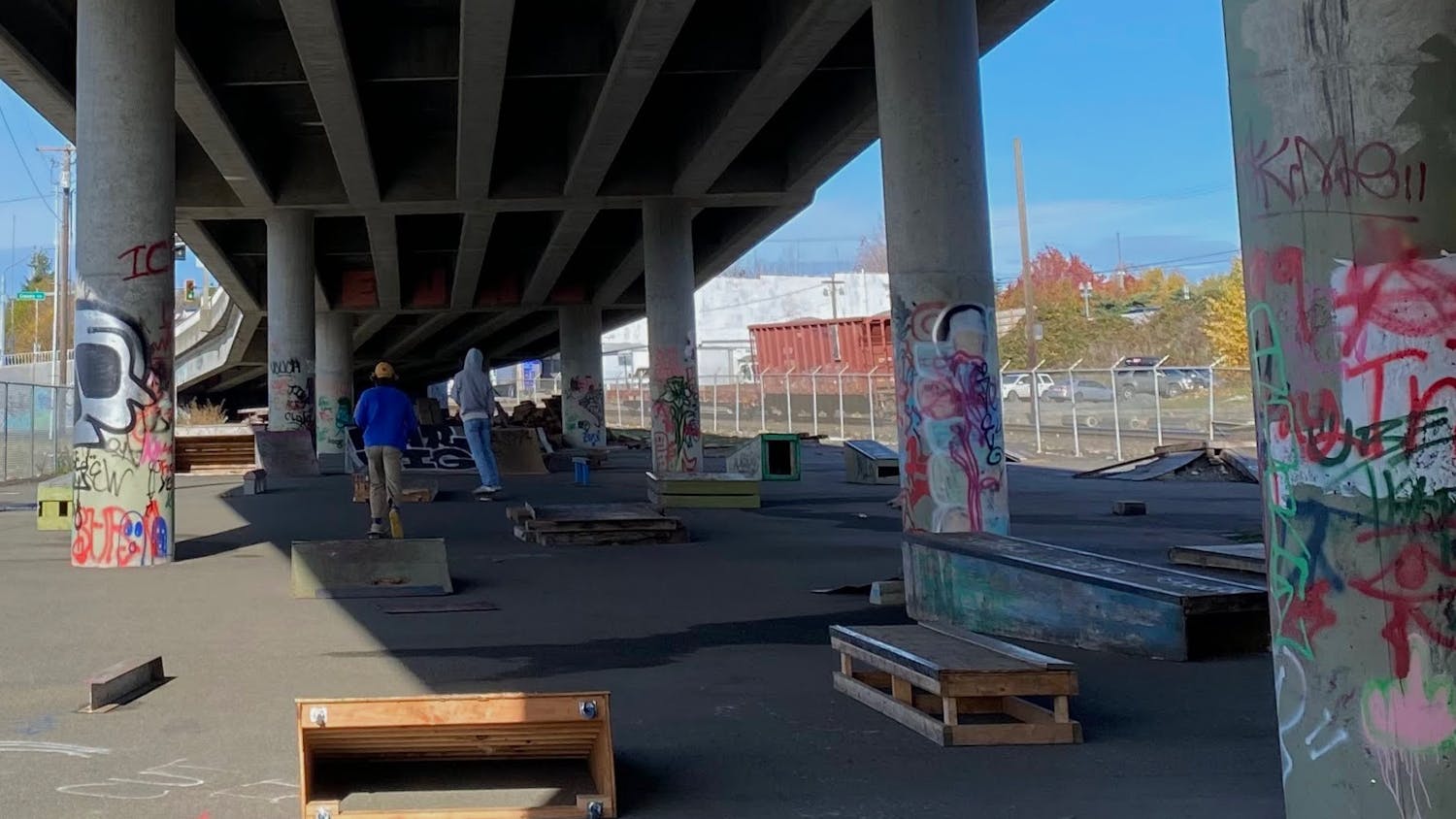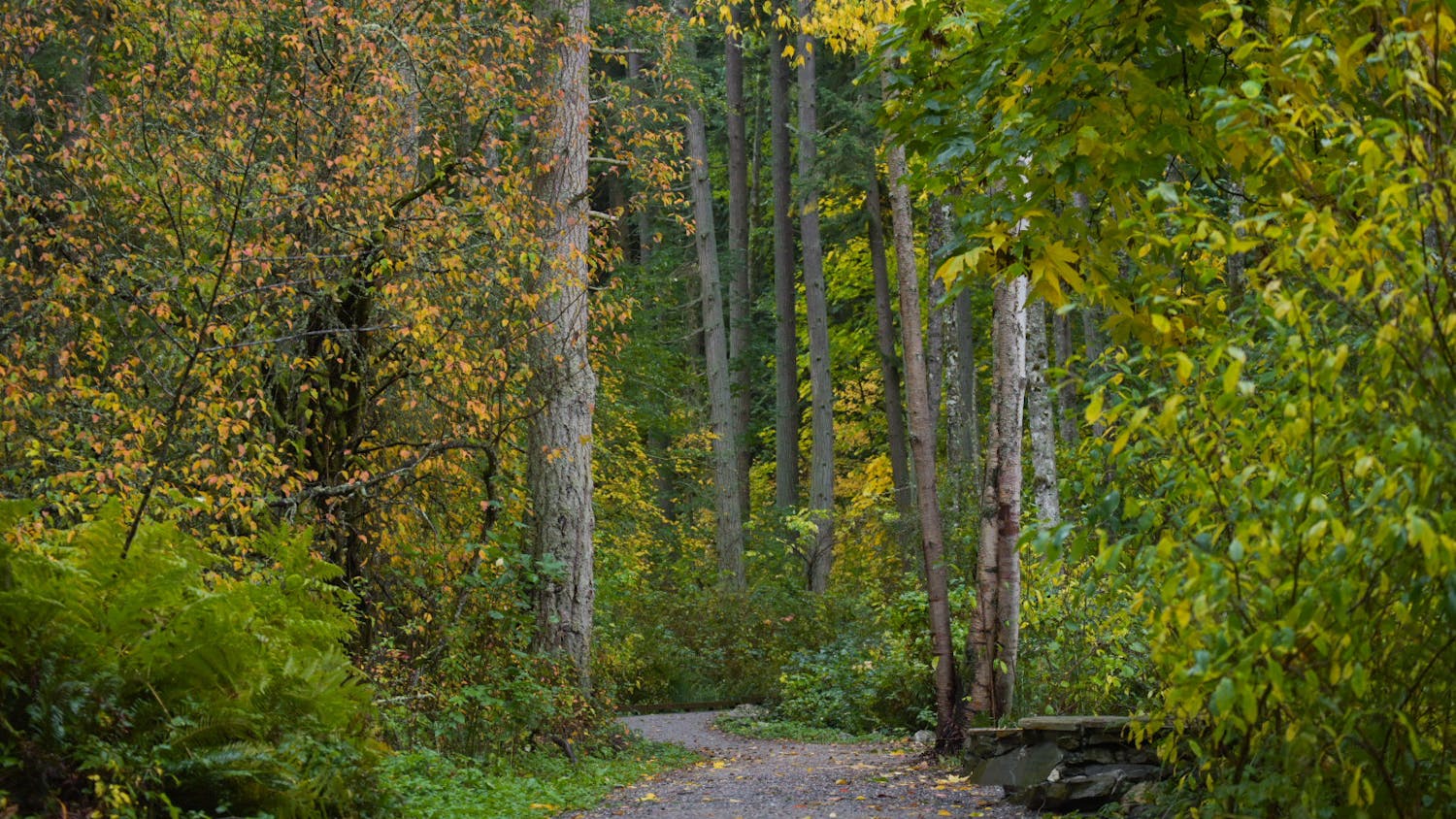Clayton Beach will see the construction of a new pedestrian path and overpass from its trailhead, addressing decades-long safety concerns of people crossing the railroad to access the beach.
The current trails from the Clayton Beach Trailhead lead to an ‘at grade’ crossing, meaning level with the train tracks. This situation is hazardous due to inadequate sight distances to oncoming trains. It is also a trespass issue on the property of the railroad company, Burlington Northern Santa Fe, according to the Washington Utilities and Transportation Commission.
“I believe the work may be completed in June, but this really depends on obtaining BNSF approval to construct the bridge over the railway,” said Brian Keenan, the northwest region construction project coordinator. “While this process has taken longer than anticipated, it is just that – a process.”
Annual vehicle visitation to Larrabee State Park in 2020 was 372,148 cars, which is 147% more compared to visitation in 2016, according to Washington State Parks Visitation data.
“This time of year [the Larrabee parking lot] is full, even on weekends which is becoming the new norm with outdoor recreation in general in Washington and we [the park] have to adapt to these changes,” Smith said.
The Clayton Beach Pedestrian Overpass project will accomplish:
Provide 2,000 feet of new trail through the forest that is firm and dry
Mitigation and closure of existing social trails by replanting native vegetation in those areas and use of erosion control methods to prevent further hillside erosion on the west side of Chuckanut Drive
Two Boardwalks that will keep foot traffic off the sensitive, soggy wetland areas
Provide a continuous path from the trailhead to the BNSF railroad overpass that is accessible to emergency response via ATV (for Park Rangers only).
A 110-foot Clear span (nothing under the bridge to support it) that crosses the over the BNSF railroad
Keenan said the Washington State Recreation and Conservation Office has provided a grant in 2015 that has fully funded this project in part as a response to this safety concern.
The engineers expected cost for the project was estimated to be $1.059 million but due to supply chain issues, increased material costs, and demand for construction contractors, the real cost was $1.546 million after sales tax.
For decades, beachgoers have been hiking down to Clayton Beach via numerous ‘social trails’ trails that are unofficially created by foot traffic, then crossing the railroad tracks, which is illegal according to the park rangers.
“We used to ride our horses [on the trail to Clayton Beach] all the time,” said Dan Earley, a retired fireman in his 80s.
On the west side of Chuckanut Drive near the Clayton Beach trailhead, social trails have become erosive and hazardous.
“We’ve had people fall and break their ankles,” said Alexander Smith, a Larrabee State Park Ranger. “We have really bad erosion there, cars have slid off the road and people have eroded the land by using that spider web of social trails coming off the highway.”
Earley said he has concerns that the new trail will attract more people and said that excess people is what has created erosion and social trials in the first place.
“There's a lot of trails coming down there and they say it’ll be controlled, but you know how that goes,” Earley said.
Larrabee State Park is close to Bellingham, making it easy for those living in town to get outdoors.
“We are the main ‘easy-access’ recreation area,” Smith said.
Smith said there are not a lot of natural beaches in Washington, and it is important to protect the ones that are left.
“The old trail and social trails will be decommissioned, and we will be replanting native species to mitigate people from continuing to use them and let the wetland areas go back to their natural state,” said Mallory Reier, the administrative assistant for the Whatcom bays area.
Reier said that Larabee State Park will not have a lot of funding to block off use of the social trails, but they will plant native plants and use down trees to deter use. Along the path to Clayton Beach, there are numerous wetland areas that are sensitive to traffic.
“Along the way through the forest, there will be two new boardwalks to keep people out of these critical and sensitive areas,” Keenan said.
To lessen the environmental impact on these sensitive areas, the boardwalks’ foundations will be grounded by a Pin Pile construction method that does not go deep into the ground like traditional concrete footings. Keenan said it requires much less excavation and sits much shallower in the ground lessening the boardwalks’ impacts.
The rangers and park employees are excited for the benefits the project will provide to the area and to their day-to-day tasks.
“We get a lot of injured individuals,” Smith said. “They’ll fall off the rocks, twist their ankles and when we have to then hike them out, that takes eight people. This will make responses to those incidents more manageable and ranger access easier and safer.”
Keenan said the overpass will have a set of stairs on the coastal end, which will prevent anyone in a wheelchair from going much further without help.
“This project will certainly improve [access] from what it is now, but it was going to be too difficult to make it completely accessible from Chuckanut Drive,” Keenan said.
He said they ideally wanted to construct an ADA accessible trail to the beach, but due to the steep grades and variable rock and terrain, that it just was not feasible without inflicting major damage to the natural area.
Smith has been a ranger for two years and said that about every year there is a fire issue and being able to take ATV’s closer to the beach will make it that much easier to transport water and put out fires.
“We aren’t putting the bridge in for us, we are putting it in for the safety of the users,” Smith said.
He said he also wanted to make an important safety reminder, “No campfires at the beach, and the park closes at dusk.”
Andrew Ford (he/him) is a reporter for The Front working on local environmental and social justice stories. He likes spending time outdoors, biking, and taking photos.
You can reach him at andrewford.thefront@gmail.com.






